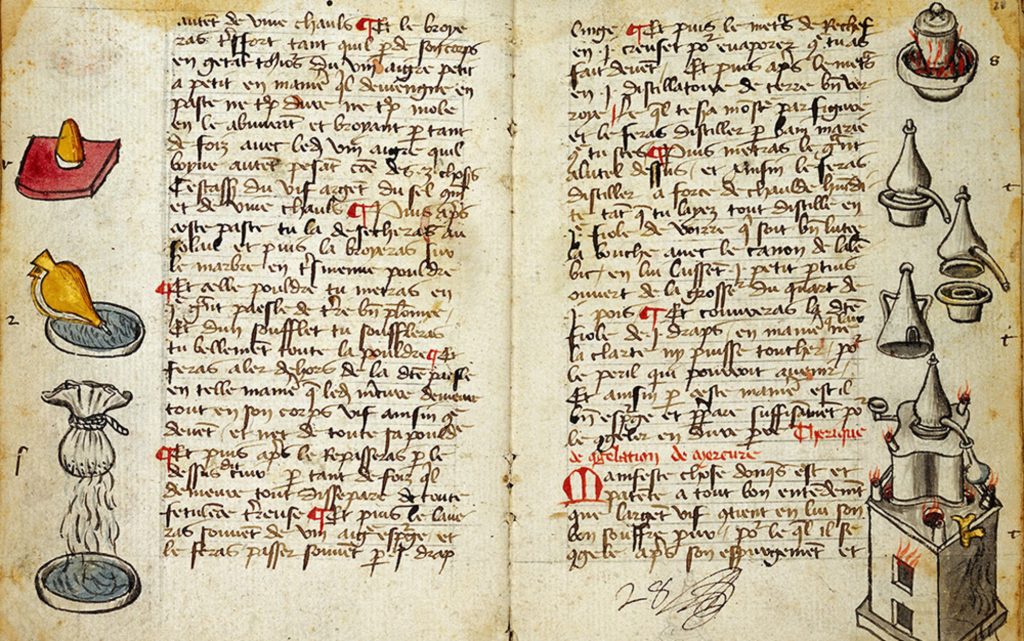The religious implications of secularism are often misconstrued, too. Secularisation did not mean godlessness; for the most part, early modern Europeans were profoundly Christian. It was rather that the boundary between the religious and the secular became more distinct than before. As the 17th-century English philosopher Sir Thomas Browne put it, humans live ‘in divided and distinguished worlds’. The sphere of religion was diminished, so that many of the hopes and fears formerly expressed in religious terms became expressed in worldly terms. For better or worse, secularisation rested on the realisation that eternal truths are inaccessible to the intellect; only the limited insights afforded by experience in this world are relevant to the earthly career of the human race.
The reading revolution of the 16th century was accompanied by a profusion of how-to manuals detailing the secrets of the arts, which found an eager audience of popular readers. These homely, thoroughly practical booklets repudiated the secretive habits of the crafts and bolstered secularism by giving more people access to, and interest in, earthly truths. In the emergent Age of How-To, making was the key to knowing.
https://aeon.co/essays/six-centuries-of-secularity-began-with-the-first-how-to-books


Leave a Reply